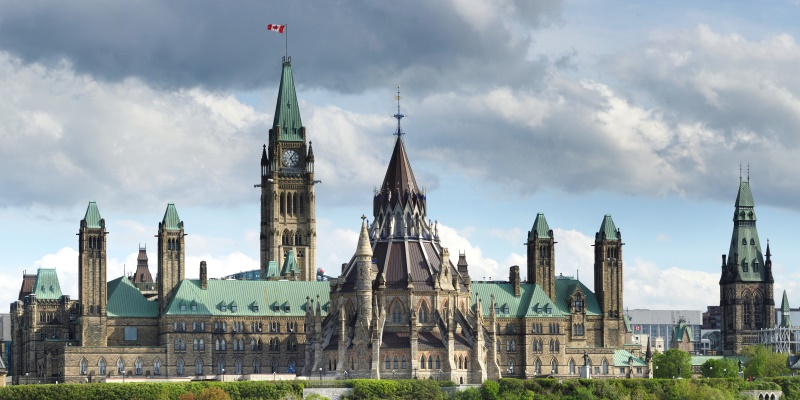Federal government injects climate change theatre into concrete deals

Suppose Mona Fortier, president of the Treasury Board and former associate minister of finance in the Trudeau government, wanted to undertake some renovations to her personal home in Ottawa. I wonder if she would make the contractor disclose how much greenhouse gas (GHG) emissions the renovations will produce, set targets for reducing his carbon footprint, and force him to agree to use only low-carbon materials before she hires him.
On the contrary, I expect she would, like any normal person, simply seek out the most reliable contractor at the best price instead of injecting climate change theatre into her personal spending decisions. Taxpayers might therefore be right to ask for an explanation of Fortier’s recent announcement that going forward, the federal government will burden its major suppliers and drive up costs by imposing various climate change requirements on them.
Beginning in April, concrete used in federal government projects worth more than $10 million must be at least 10 per cent less GHG intensive than the regional average. Moreover, major suppliers with deals worth more than $25 million must disclose GHG emissions and set emissions reduction targets. These requirements, which will inflate costs to taxpayers, do nothing to improve the goods or services provided.
Why in the case of personal finances would we expect a politician to spend her own money on the best goods and services at the best price, but in the case of public finances proudly boast about inflating costs in so careless a fashion? The explanation is simple. As Milton Friedman liked to say, “nobody spends somebody else’s money as carefully as he spends is own.”
Proponents of the government’s plan to impose climate change requirements on suppliers might of course say that the extra cost to taxpayers is worth the environmental benefit. But the government has supplied no cost-benefit analysis to say so, probably because, if properly done, it would fail to show net benefits from such a policy.
Indeed, the Trudeau government has itself said many times that the most efficient way to reduce GHG emissions is through a carbon tax or other pricing mechanism; the obvious corollary is that imposing climate change requirements onto its suppliers (and the government’s other $120 billion-plus in climate change spending over the past seven years) is a relatively expensive way to try to achieve environmental benefits.
With its latest announcement, the government is beginning with concrete in projects worth more than $10 million, but Fortier said “we are also looking at how we will include aluminum, steel—even wood—as being those materials that will help us in reducing our emissions. There’s more to come.” The government’s goal, said Steven Guilbeault, the environment and climate change minister, is to make net-zero emissions a “default business practice.”
The new standards on concrete and the rest of the federal government’s climate policy suite—the aforementioned $120 billion-plus in spending, its carbon tax, clean fuel standards, bans on single-use plastics and so on—are all part of Ottawa’s goal to drive Canada to net-zero GHG emissions by the year 2050. The net-zero goal is costly and unattainable, and unfortunately the government appears intent on making it as costly as possible in the course of not attaining it.
Author:
Subscribe to the Fraser Institute
Get the latest news from the Fraser Institute on the latest research studies, news and events.

